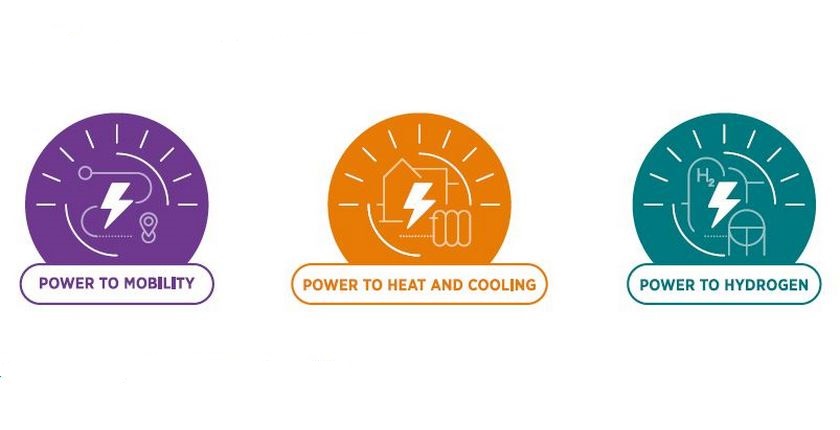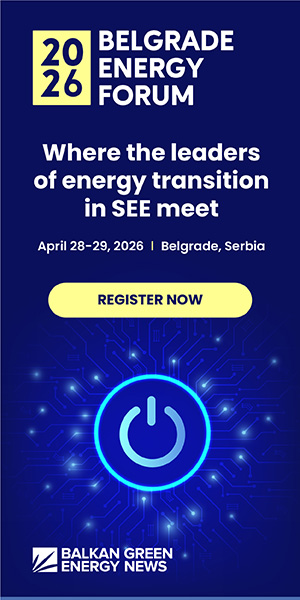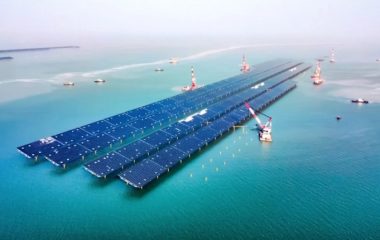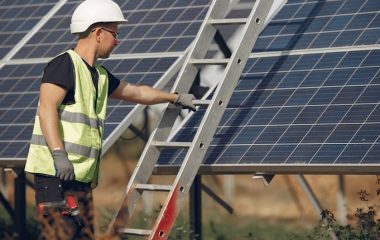
Photo: IRENA
The International Renewable Energy Agency (IRENA) has published a report on 100 key innovations that can help speed up the energy transition around the world, by using renewable electricity to decarbonize end-use demand and turn new loads into a source of flexibility for power systems. The report also offers guidance to countries on how to apply these innovations in their national energy transition strategies.
The list of 100 innovations draws from a review of hundreds of innovative solutions that are emerging worldwide, from start-ups, large companies, regulators and system operators, and that can contribute to the smart electrification of mobility, heating and cooling, and hydrogen production. In the report, the innovations are divided into four categories – technology and infrastructure, market design and regulation, system planning and operation, and business models.
The 100 innovations can help decarbonize mobility, heating and cooling, and hydrogen production
The report, titled ‘Innovation landscape for smart electrification: Decarbonizing end-use sectors with renewable power‘, focuses on the power sector because IRENA expects the share of electricity in global total final energy demand to grow from about 20% to nearly to 70% by 2050.
The document presents key innovations that can form the basis of smart electrification strategies, which in turn can offer cost-effective decarbonization pathways to electrify end-use sectors, increase system flexibility, and incorporate large shares of renewable energy in power systems.
Smart electrification will facilitate the integration of large shares of renewables
“Smart electrification enables power systems to accommodate new loads in a cost-efficient manner and creates flexibility in power systems, which allows the integration of a larger share of renewables, making power systems more robust and resilient. For end uses, electrification is the most cost-effective solution for decarbonizing these sectors,” according to the report.
Blockchain technology can link EV charging with renewable energy purchases
In the mobility segment, blockchain technology can automatically match electric vehicle (EV) charging with renewable energy purchases, and allow tracking, reporting, and proof of renewable energy use. It can also allow drivers to seamlessly charge at any charging station (eRoaming).
An example of blockchain application in e-mobility is the Oslo2Rome initiative, where blockchain technology is used to create an “e-mobility wallet,” helping to solve roaming problems for EV charging transactions across different countries in Europe.
In heat and cooling, the application of thermal storage enables the decoupling of heating and cooling demands from electricity consumption, allowing the integration of greater shares of variable renewable generation, such as solar and wind power, according to IRENA.
Stockholm’s Arlanda Airport uses thermal storage to provide cooling in summer and heating in winter
At Stockholm’s Arlanda Airport, the world’s largest aquifer storage unit contains 200 million cubic meters of groundwater and can store 9 GWh of energy. During summer, cold water is pumped to provide cooling for the airport. The water is returned to the aquifer at a temperature of 20°C, and is then used in winter to preheat the ventilation air in the buildings and melt snow on aircraft parking areas.
Denmark and France are working on hydrogen storage in salt caverns
As an example of innovation in the hydrogen sector, the report mentions compressed hydrogen storage in underground salt caverns. Storage is crucial for securing hydrogen supply for end users, such as industry, and for the creation of a global hydrogen market, while also adding flexibility to renewable power generation.
In Denmark, the Green Hydrogen Hub aims to be the first project using large salt caverns to couple large-scale green hydrogen production with underground storage. By 2030, the project expects to have an installed electrolyser capacity of 1 GW and 400 GWh of hydrogen storage. A similar project is under way in France, where three tons of hydrogen is expected to be stored for several months or years in underground salt caverns.
The implementation of innovations will vary from country to country
IRENA’s report also notes that there is no one-size-fits-all solution for smart electrification. Optimal strategies and the implementation of innovations will vary between countries, taking into account technical and economic aspects of a given power system and end-use sector, but also social and cultural dimensions.


















Be the first one to comment on this article.